SUMMARY
This is AI generated summarization, which may have errors. For context, always refer to the full article.
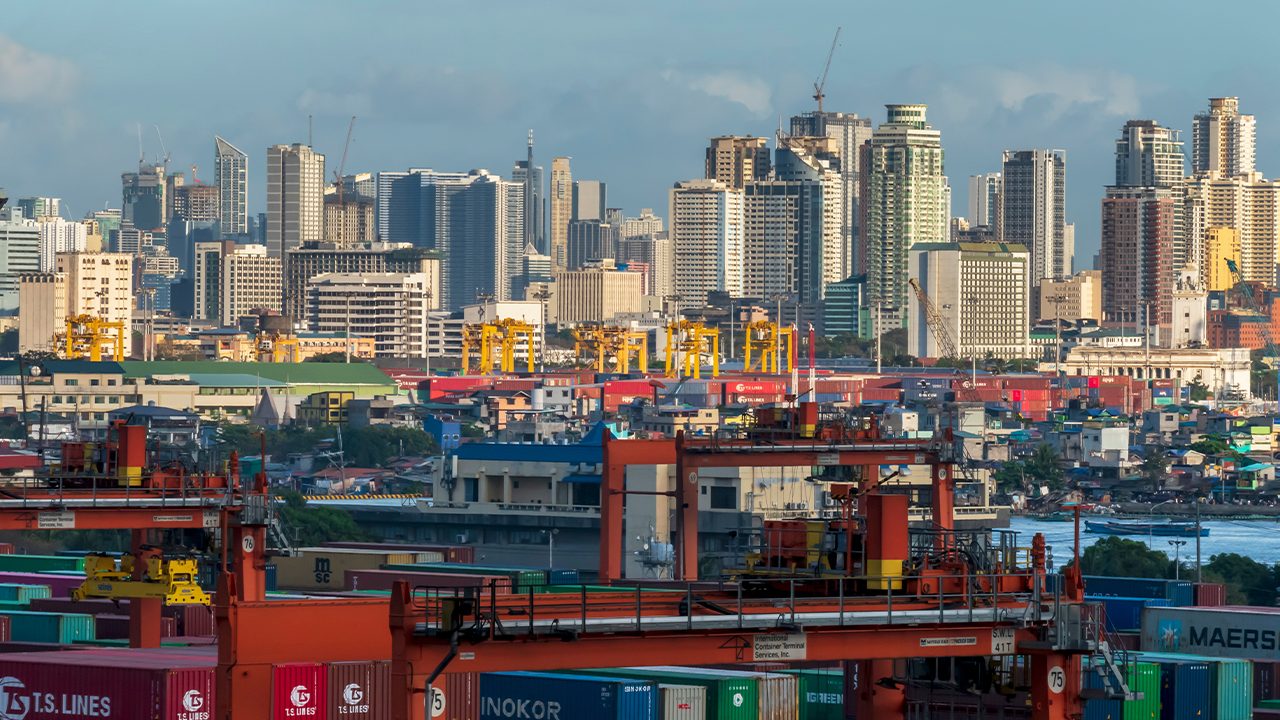
MANILA, Philippines – The Philippine Ports Authority’s (PPA)-proposed digital monitoring system for shipping containers has been shelved for now after stakeholder groups and government agencies questioned its necessity, according to Transportation Secretary Jaime Bautista.
“The decision of the [PPA] board is to defer it for the meantime that we are attending to the opposition, and we will do another round of review for this,” Bautista said during a Senate hearing on Wednesday, April 12.
The Department of Transportation (DOTr) secretary was referring to the Trusted Operator Program – Container Registry and Monitoring System (TOP-CRMS) – a container monitoring program that the PPA pitches as the solution to port congestion and inefficiencies. On the other hand, stakeholders are worried that the system would only raise costs and add redundant processes.
Bautista said that the PPA board had decided as early as January to defer the implementation of the TOP-CRMS.
“There was already a meeting among [members] of the board and other government agencies, and in that meeting, we were not very clear on what will be the benefits,” he said. “During the interagency meeting, maraming (many) government agencies were not supporting it. Bureau of Customs, for one, said it is not important because they were already doing the same. ‘Yung ibang (other) government agencies – for example, ang DTI [Department of Trade and Industry], NEDA [National Economic and Development Authority] – they are not in full support.”
“A few weeks ago, we called a stakeholders meeting and we received opposition. Around 20 of them were opposing the program, and even the EU [European Union] ambassadors that we talked to were telling us not to implement the program,” he added.
The transportation secretary added that the management of PPA “was really pushing” for the approval of the program’s implementing guidelines, but the board ultimately decided to conduct a more thorough review.
What is the TOP-CRMS?
The TOP-CRMS was envisioned to solve two problems: the delay of the return of container deposits and the congestion of shipping yards with empty containers.
The PPA said that under the current system, an importer must pay a container deposit to foreign shipping lines, which can take six months up to a year to be returned to the importer. The TOP-CRMS would supposedly eliminate the need for this deposit, instead requiring port users to pay a P980 for container deposit insurance and monitoring fee.
TOP-CRMS also aims to tackle port congestion by limiting the “dwell time” of an empty container in ports to less than 72 hours. Part of the program is the creation of staging facilities – similar to “parking lots” – where port users are guaranteed slots to place their empty containers.The PPA said this is a marked improvement over having trucks wait in line outside ports for hours to get a slot.
However, the PPA’s solution has not won over industry players, who have urged President Ferdinand Marcos Jr. to scrap the policy.
In an open letter by 14 industry groups, they estimated that the costs related to the TOP-CRMS – including additional insurance, transaction, and trucking fees – could result in an almost 50% rise in the cost of importing goods, or P35 billion in additional annual import costs.
“The PPA fails to consider that the ultimate victim of these additional costs is the ordinary Filipino consumer, who is already bleeding from an inflation rate of 8.1%,” the industry groups said.
The Philippine Coastwise Shipping Association, the largest shipping association in the Philippines in terms of membership and gross tonnage, also estimated that the program could cause port fees to shoot up by as much as 2,000%. – Rappler.com
Add a comment
How does this make you feel?


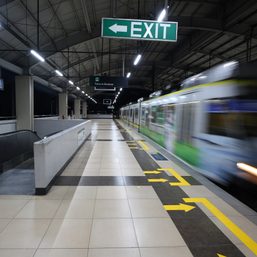


![[VANTAGE POINT] Opposition to port system project mounts: Will Marcos take heed?](https://www.rappler.com/tachyon/2023/07/TL-tempest-port-redux-July-19-2023.jpg?resize=257%2C257&crop_strategy=attention)
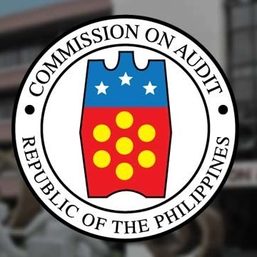
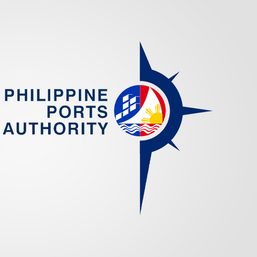
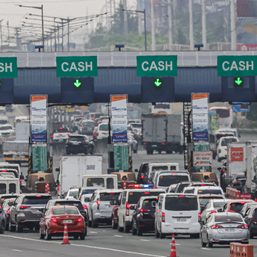
There are no comments yet. Add your comment to start the conversation.